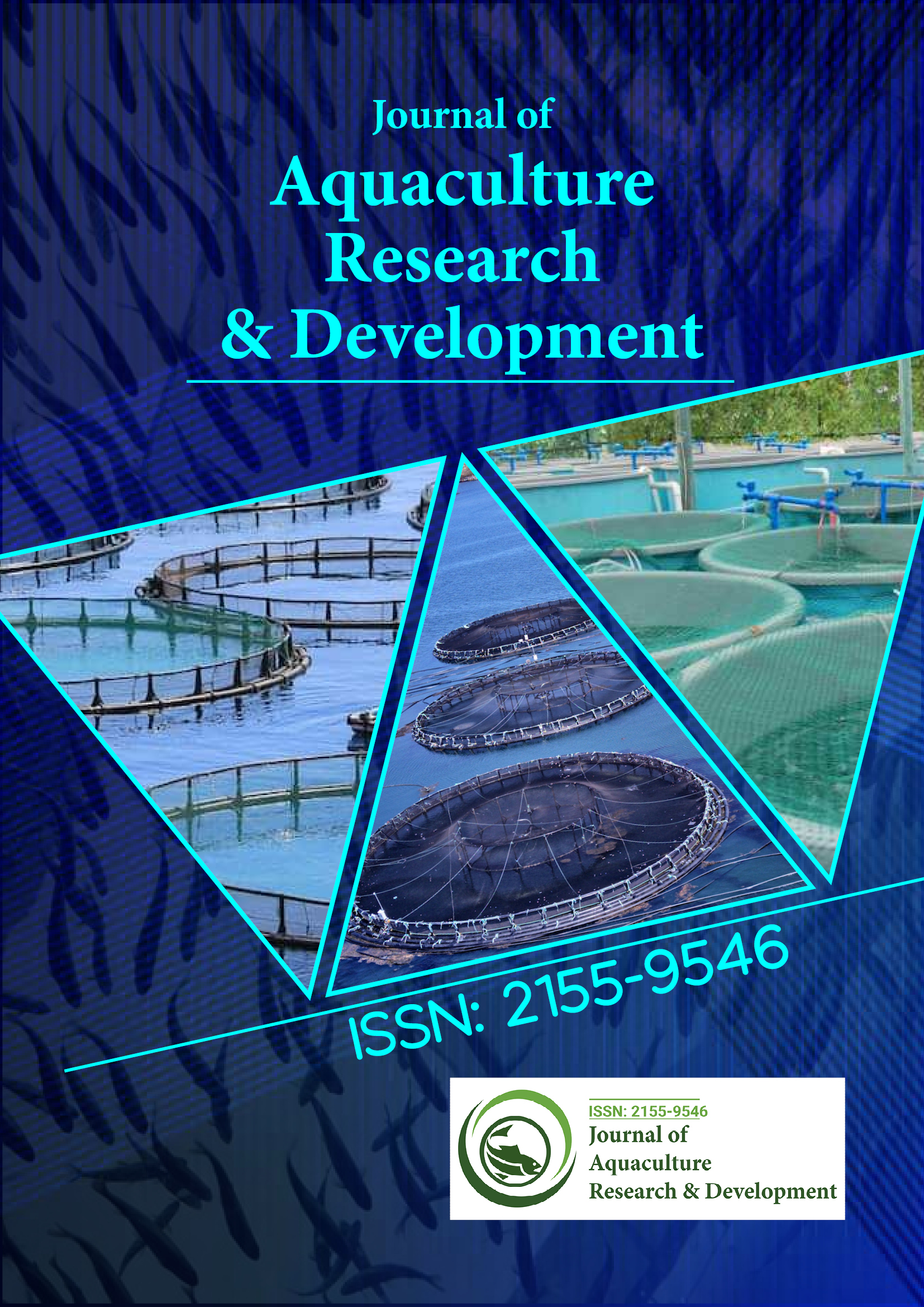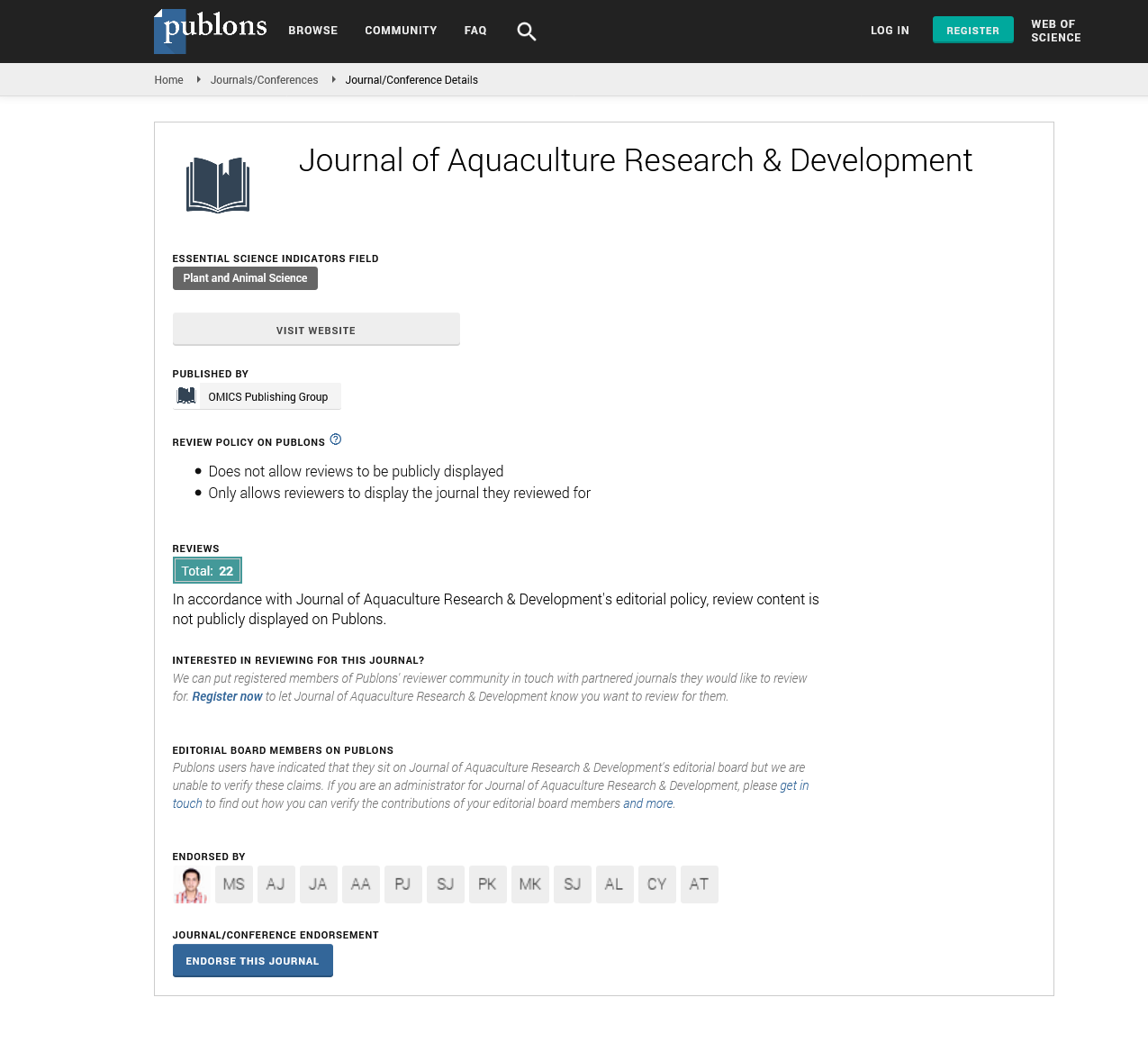Indexed In
- Online Access to Research in the Environment (OARE)
- Open J Gate
- Genamics JournalSeek
- JournalTOCs
- Scimago
- Ulrich's Periodicals Directory
- Access to Global Online Research in Agriculture (AGORA)
- Electronic Journals Library
- Centre for Agriculture and Biosciences International (CABI)
- RefSeek
- Directory of Research Journal Indexing (DRJI)
- Hamdard University
- EBSCO A-Z
- OCLC- WorldCat
- Scholarsteer
- SWB online catalog
- Virtual Library of Biology (vifabio)
- Publons
- MIAR
- University Grants Commission
- Euro Pub
- Google Scholar
Useful Links
Share This Page
Journal Flyer

Open Access Journals
- Agri and Aquaculture
- Biochemistry
- Bioinformatics & Systems Biology
- Business & Management
- Chemistry
- Clinical Sciences
- Engineering
- Food & Nutrition
- General Science
- Genetics & Molecular Biology
- Immunology & Microbiology
- Medical Sciences
- Neuroscience & Psychology
- Nursing & Health Care
- Pharmaceutical Sciences
Opinion Article - (2025) Volume 16, Issue 1
Enhancing Aquaculture Efficiency through Submersible Cage Systems
Daniel Reef*Received: 01-Jan-2025, Manuscript No. JARD-25-28643; Editor assigned: 03-Jan-2025, Pre QC No. JARD-25-28643 (PQ); Reviewed: 17-Jan-2025, QC No. JARD-25-28643; Revised: 24-Jan-2025, Manuscript No. JARD-25-28643 (R); Published: 31-Jan-2025, DOI: 10.35248/2155-9546.25.16.950
Description
The engineering analysis of a submersible abalone aquaculture cage system for deployment in exposed marine environments represents a significant advancement in offshore aquaculture technology. As the global demand for seafood continues to rise, the need for sustainable, large-scale aquaculture solutions has become increasingly important. Traditional nearshore aquaculture systems face challenges such as limited space, pollution and vulnerability to environmental fluctuations. In contrast, submersible cage systems designed for exposed marine environments provide a potential alternative, higher productivity and reduced ecological impact. This article examines the engineering principles behind submersible abalone cage systems, their advantages and the potential challenges associated with their deployment in offshore waters.
Submersible aquaculture cages are specifically engineered to withstand the harsh conditions of open-ocean environments, including strong currents, high waves and unpredictable weather patterns. Unlike conventional floating or fixed cages, submersible systems can be lowered beneath the surface during extreme weather events, reducing exposure to surface turbulence. This design feature enhances structural stability and minimizes the risk of damage or loss. The engineering analysis of these systems involves evaluating critical parameters such as hydrodynamic forces, mooring stability, material durability and buoyancy control. Computational Fluid Dynamics (CFD) simulations and physical model testing play a vital role in optimizing the cage design to withstand dynamic ocean forces while ensuring the safety and well-being of the abalone stock.
One of the key engineering considerations for submersible abalone cages is buoyancy control. These systems are typically equipped with ballast tanks or air chambers that allow operators to adjust the depth of the cage. By submerging the cage below the wave-affected zone, the system reduces stress on the structure and the abalone stock, enhancing survival rates and overall productivity. Precise buoyancy regulation is essential for stability, requiring sophisticated monitoring and control systems. Automated depth adjustment mechanisms, integrated with realtime environmental sensors, can optimize cage positioning based on wave height, current speed and weather forecasts, ensuring safe and efficient operation.
Material selection is another critical factor in the engineering of submersible cages. Offshore aquaculture structures must resist corrosion, biofouling and fatigue from constant exposure to saltwater and hydrodynamic forces. High-Density Polyethylene (HDPE), corrosion-resistant alloys and advanced composite materials are commonly used to construct cage frames and nets, providing durability and longevity. Additionally, anti-fouling coatings and self-cleaning technologies are often incorporated to reduce maintenance needs and prevent biofouling, which can compromise water flow and oxygen exchange within the cage.
The deployment of submersible abalone cages in exposed marine environments provides several advantages over traditional nearshore systems. First, offshore locations provide better water quality and circulation, leading to healthier and faster-growing abalone. The improved water exchange reduces the buildup of waste and nutrients, minimizing the risk of algal blooms and disease outbreaks. Additionally, by moving aquaculture operations further offshore, conflicts with coastal activities such as tourism, fishing and recreation are reduced, promoting harmonious use of marine resources.
Economically, submersible abalone cage systems have the potential to enhance productivity and profitability. Offshore aquaculture sites provide larger farming areas and greater scalability, enabling higher production volumes. Moreover, improved environmental conditions result in better growth rates and lower mortality, boosting yields and financial returns. While the initial investment in submersible cage technology and offshore infrastructure may be higher, the long-term benefits in terms of increased production efficiency and lower environmental impact make it a viable and sustainable solution.
In conclusion, the engineering analysis of submersible abalone aquaculture cage systems highlights their potential as a sustainable and efficient solution for large-scale seafood production in exposed marine environments. By controlling advanced engineering techniques, these systems provide improved stability, reduced environmental impact and higher productivity compared to traditional nearshore methods. While challenges related to cost, logistics and regulatory hurdles remain, ongoing technological advancements and industry collaboration will be key to unlocking the full potential of offshore aquaculture. As the demand for sustainable seafood grows, submersible cage systems represent a promising path toward responsible and resilient aquaculture practices.
Citation: Reef D (2025). Enhancing Aquaculture Efficiency through Submersible Cage Systems. J Aquac Res Dev. 16:950.
Copyright: © 2025 Reef D. This is an open access article distributed under the terms of the Creative Commons Attribution License, which permits unrestricted use, distribution, and reproduction in any medium, provided the original author and source are credited.

